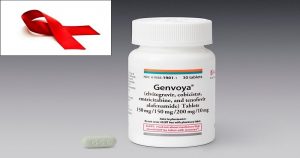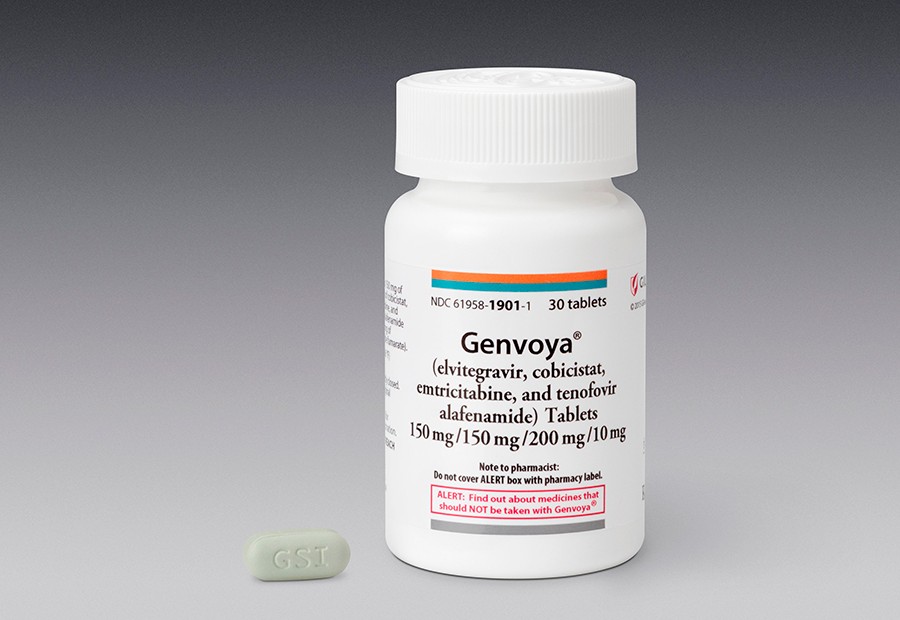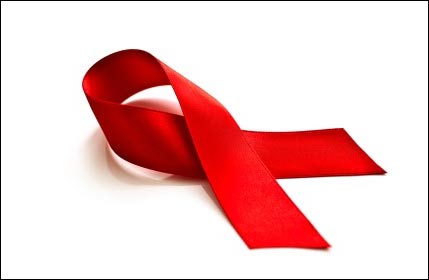
FDA Approves New Treatment For Paediatric HIV
The Food and Drug Administration (FDA) recently approved a new medicine to prevent Paediatric HIV. This is a fixed dose which is a combination of Elvitegravir, Cobicistat, Emtricitabine and Tenofovir Alafenamide-TAF (Genvoya, Gilead) as a complete regimen for the treatment of HIV infection. It is the first tenofovir alafenamide (TAF)-based regimen to receive FDA approval. Around 1.2 million people under the age of 13 are living with HIV infection.

TAF is a prodrug of Tenofovir that has high antiviral efficacy at a dose less than 1/10th of Tenofovir Disoproxil Fumarate-TDF, (Viread, Gilead). Information provided shows that TAF enters cells, including HIV-infected cells, more efficiently than TDF and it can be given at a lower dose. “Today’s approval of a fixed-dose combination containing a new form of tenofovir provides another effective, once-daily complete regimen for patients with HIV-1 infection.”
Genvoya is indicated as a complete regimen for the treatment of HIV infection in adults and children 12 years of age. “Given its demonstrated efficacy and safety profile, Genvoya represents an important new treatment option for a range of patients who are either new to therapy or who choose to switch treatments.” No dosage adjustment of Genvoya is required in patients with estimated creatinine clearance no more than 30 mL per minute.

“As the HIV patient population ages, there is an increased risk for development of age- and treatment-related comorbidities, including low bone mineral density and renal impairment. This is due to the combination of HIV infection, antiretroviral treatments, and the natural aging process,” said David Wohl, MD, an associate professor of medicine in the Division of Infectious Diseases at The University of North Carolina at Chapel Hill.
In the combined analysis of the studies, 92.4% of Genvoya patients and 90.4% of Stribild patients had HIV-1 RNA levels less than 50 copies/mL at week 48. Tests of certain renal and bone laboratory parameters also favored Genvoya over Stribild. Additionally, the approval is supported by a Phase III study evaluating Genvoya among virologically suppressed patients who switched from TDF-based regimens.

In these more than 150,000 candidates have HIV but they are unaware of this issue. Over the past decade, the number of people living with HIV has increased, while the annual number of new HIV infections has remained relatively stable. With the use of it viral load is reducing compare to other treatment regimens. Nausea is the most common side effect with the use of Genvoya, although patients are alerted by boxed warnings and provide the drug.